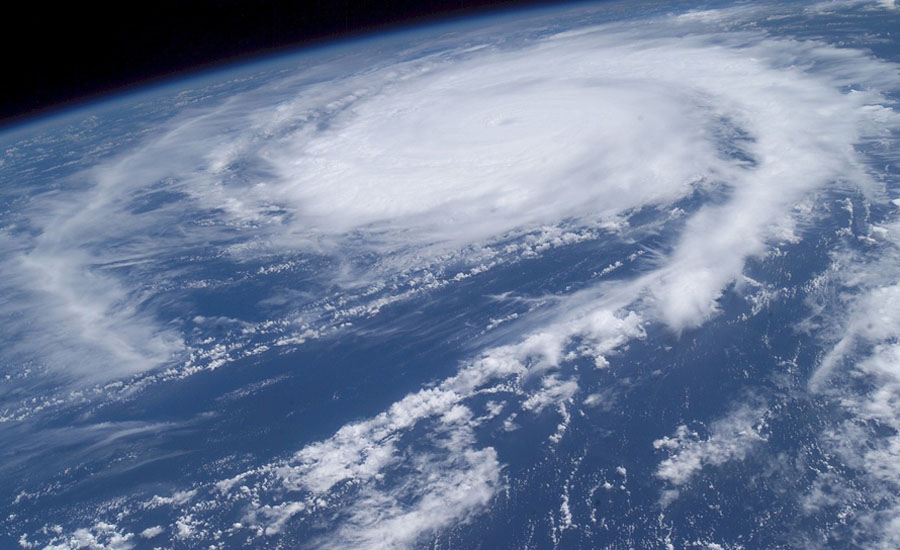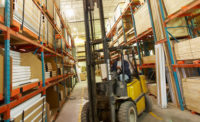Safe drinking water
- After an emergency, especially after flooding, drinking water may not be available or safe to drink.
- Do not use water you suspect or have been told is unsafe to wash dishes, brush teeth, wash and prepare food, make ice, or make baby formula.
- Alcohol dehydrates the body, which increases the need for drinking water.
- Floods and other disasters can damage drinking water wells(https://www.cdc.gov/healthywater/emergency/safe_water/wells/#after) and lead to aquifer and well contamination. Flood waters can contaminate well water with livestock waste, human sewage, chemicals, and other contaminants which can lead to illness when used for drinking, bathing, and other hygiene activities.
- If your water comes from a private well that has been flooded(https://www.cdc.gov/healthywater/emergency/drinking/private-drinking-wells.html), consider the following guidance for making water safe and for emergency water sources until you are certain your water is free of contaminants and safe to drink(https://www.cdc.gov/healthywater/drinking/private/wells/testing.html).
Make water safe
Water often can be made safe to drink by boiling, adding disinfectants, or filtering.
IMPORTANT: Water contaminated with fuel or toxic chemicals will not be made safe by boiling or disinfection. Use a different source of water if you know or suspect that water might be contaminated with fuel or toxic chemicals.
Boil water:
If you don’t have safe bottled water, you should boil water to make it safe. Boiling is the surest method to make water safer to drink by killing disease-causing organisms, including viruses, bacteria, and parasites.
You can improve the flat taste of boiled water by pouring it from one clean, disinfected container to another and then allowing it to stand for a few hours, OR by adding a pinch of salt for each quart or liter of boiled water.
If the water is cloudy:
- Filter it through a clean cloth, paper towel, or coffee filter OR allow it to settle.
- Draw off the clear water.
- Bring the clear water to a rolling boil for one minute (at elevations above 6,500 feet, boil for three minutes).
- Let the boiled water cool.
- Store the boiled water in clean sanitized containers with tight covers.
If the water is clear:
- Bring the clear water to a rolling boil for 1 minute (at elevations above 6,500 feet, boil for 3 minutes).
- Let the boiled water cool.
Store the boiled water in clean, sanitized containers(https://www.cdc.gov/healthywater/emergency/drinking/cleaning-preparing-storage-containers.html) with tight covers.






